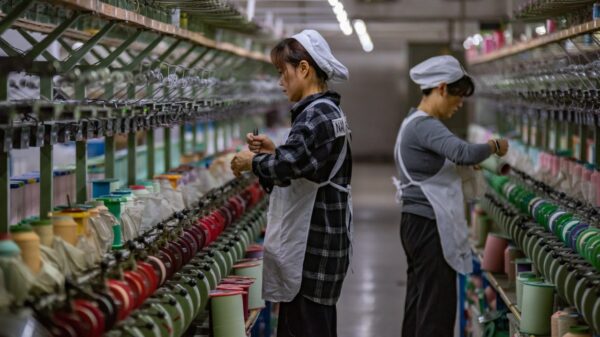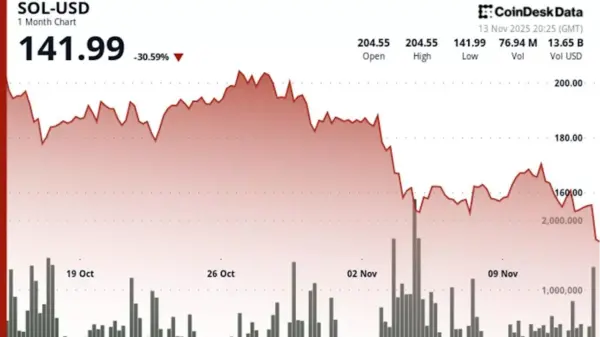China is experiencing its most significant decline in investment in several years, signaling ongoing economic challenges. According to the National Bureau of Statistics, overall fixed-asset investment dropped by approximately 7.5% in the first half of 2023, marking the steepest decrease since records began. This downturn is attributed to a combination of factors, including rising interest rates and a sluggish property market.
The investment slump is not an isolated issue; consumption is also faltering. Retail sales in China are currently undergoing their longest stretch of decelerating growth since 2021. In June, retail sales rose by only 3% compared to the previous year, a significant drop from the 10% growth seen earlier in the year. This extended slowdown raises concerns about the overall health of the Chinese economy, which is struggling to regain momentum.
Impact on Economic Recovery
China’s economy has been grappling with a series of challenges since the lifting of strict COVID-19 measures. The anticipated post-pandemic recovery has not materialized as expected, with the gross domestic product (GDP) growth forecasted at a modest 3% for 2023, a stark contrast to the 5.5% growth target set by the government. Analysts suggest that domestic demand remains weak, contributing to the overall decline in consumer spending.
The property sector, which has been a significant driver of economic growth in the past, continues to show signs of distress. Major property developers are facing financial difficulties, leading to project delays and reduced consumer confidence. The government’s efforts to stabilize the housing market have yet to yield substantial results, and many industry observers view this as a critical area that requires urgent attention.
Future Outlook
Looking ahead, the Chinese government is considering various measures to stimulate the economy and restore investor confidence. Some proposals include increasing public infrastructure spending and providing incentives for consumer spending. The effectiveness of these initiatives remains uncertain, but they underscore the government’s recognition of the need for intervention.
The data from the National Bureau of Statistics serves as a stark reminder of the economic hurdles that China faces. With investment and consumption both on the decline, the path to recovery appears fraught with challenges. The global economic environment, characterized by rising inflation and geopolitical tensions, further complicates the situation.
As China navigates these turbulent waters, the implications stretch beyond its borders. A sustained economic slowdown in one of the world’s largest economies could have ripple effects on global markets and trade. Investors and policymakers alike will be watching closely to see how China responds to these pressing challenges in the months ahead.







































































